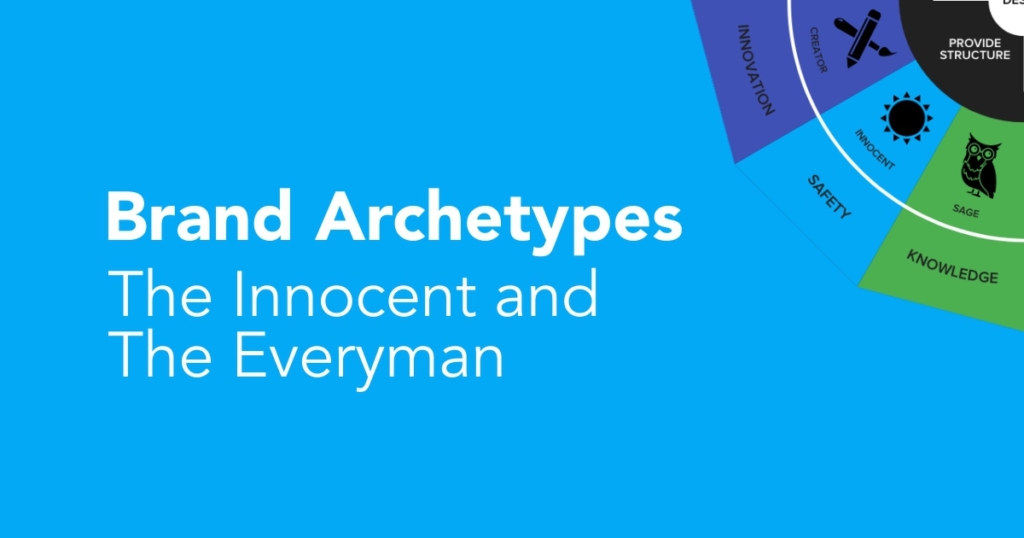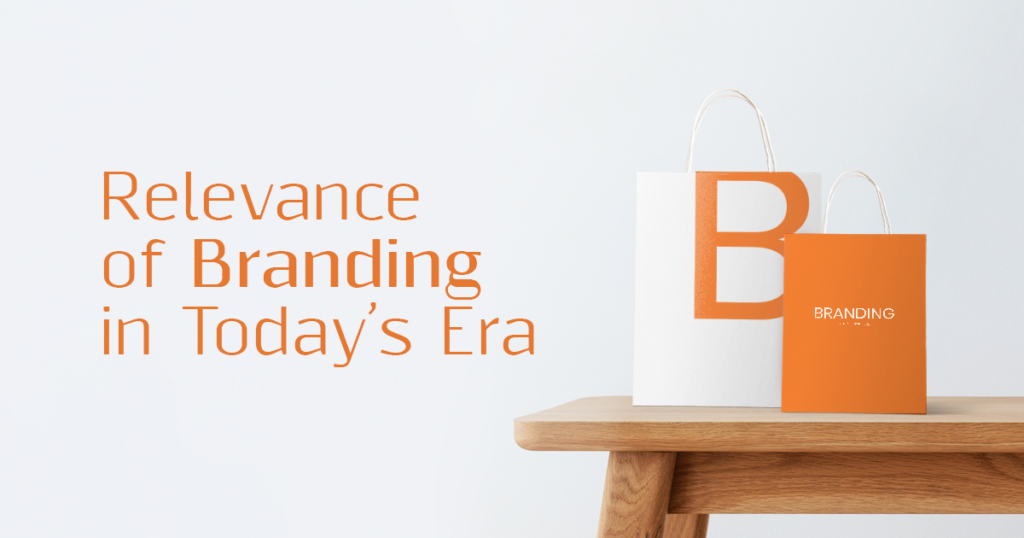Swiss psychologist Carl Jung created a collection of widespread personality archetypes in the 1940s. These, according to Jung, are inborn and inherited and represented a perfect representation of a person that cuts beyond time, space, and language.
We can all instantly recognize and identify with the archetypes as people. They play a part in subliminally influencing our behavior, resulting in recurring behavioral patterns, wants, values, and motives fueled by a single overriding objective.
Personas – a word with Latin roots meaning “mask” – represent the public image we want to create. Archetypes are different from personas. Our personas are intentionally created constructs we can manipulate by projecting from an unconscious archetype or relying on outside factors like societal norms.
While Self, Anima, Animus, Shadow, Persona, Father, Mother, Child, Wise Old, Hero, Trickster, and Maiden are the main Jungian archetypes, they are today known as:
i. The Innocent
ii. The Everyman
iii. The Hero
iv. The Outlaw
v. The Explorer
vi. The Creator
vii. The Ruler
viii. The Magician
ix. The Lover
x. The Caregiver
xi. The Jester
xii. The Sage
We shall discuss the first two brand archetypes along with a few examples:
1. The Innocent
The Innocent brand persona wants nothing more than to live a simple, happy existence. They worry about making mistakes and getting in trouble. They frequently succeed in disregarding and overcoming obstacles that occasionally prevent others because they possess the essential talents of optimism and hope.
Some might say that everything is simple and uncomplicated in the innocent world – there are no secret meanings or hidden motives. There, life can be straightforward. This archetype might be a terrific brand identity for brands known for their cleanliness, wellness, and natural products.
The customers that identify with the Innocent brand archetype like straightforward, gimmick-free advertising and are drawn to upbeat brands by nature. They are likely to avoid advertising that is too weighty or guilt-inducing.
Brands that promote innocence encourage truthfulness, simplicity, and purity. Across all their communication media, their brand’s tone is straightforward yet cheery, emitting positivity. They will use clear language and specific, realistic visuals to convey their messages.
Examples: Dove, Disney, Coca-Cola, Aveeno Active Naturals.
2. The Everyman/Realist/Friend: Brands that embody the Regular Guy character strive to be on par with their customers, treating them as equals and displaying unassuming and humble qualities in their branding.
The Regular Guy values its brand’s dependability and excellence. They will invest in trusted brands because they prefer the known to the unknown. They fear being alone and will go to significant measures to blend in rather than stick out to feel like a part of the group.
Businesses that fit the “Regular Guy” archetype are proud of their down-to-earth mentality. The worst for the company could be to come across as greedy. The average guy believes that all men and women are created equally, which gives them empathy, a lack of pretence, and a reasonably realistic perspective on the world.
The most successful products or services that a brand may use to harness the Regular guy archetype provide consumers with a sense of belonging while having a high level of utility, pragmatism, and low to medium complexity. The Regular Guy character encourages clients to accept themselves as they are.
Examples: Levi’s, Volkswagen
Are you after a deeper meaning of what brand archetypes are? Get in touch with us at 97525 12531.



